Demonstrative Video
Electrical Engineering
Typical curriculum of an undergraduate EEE program

Major developments time-charts
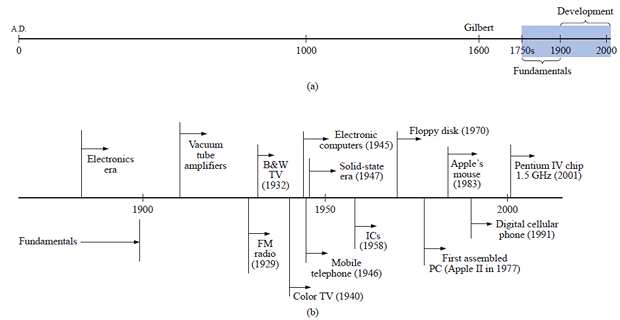
Brief History of Electrical Engineering
William Gilbert (1540-1603), English physician, founder of magnetic science, published a treatise on magnetism, in 1600 .
Charles A. Coulomb (1736-1806), French engineer and physicist, published the laws of electrostatics between 1785 and 1791 \(\Rightarrow\) unit of charge.
James Watt (1736-1819), English inventor, developed the steam engine. \(\Rightarrow\) unit of power.
Alessandro Volta (1745-1827), Italian physicist, discovered the electric pile. \(\Rightarrow\) unit of electric potential or voltage
Hans Christian Oersted (1777-1851), Danish physicist, discovered the connection between electricity and magnetism in 1820 \(\Rightarrow\) unit of magnetic field strength
André Marie Ampère (1775-1836), French mathematician, chemist, and physicist, experimentally quantified the relationship between electric current and the magnetic field published in 1827 \(\Rightarrow\) unit of electric current
Georg Simon Ohm (1789-1854), German mathematician, investigated the relationship between voltage and current and quantified the phenomenon of resistance published in 1827 \(\Rightarrow\) unit of resistance.
Michael Faraday (1791-1867), English experimenter, demonstrated electromagnetic induction in \(1831 .\) His electrical transformer and electromagnetic generator marked the beginning of the age of electric power. \(\Rightarrow\) unit of capacitance.
Joseph Henry (1797-1878), American physicist, discovered self-induction around 1831 \(\Rightarrow\) unit of inductance. He had also recognized the essential structure of the telegraph, which was later perfected by Samuel F. B. Morse.
Carl Friedrich Gauss (1777–1855), German mathematician, and Wilhelm Eduard Weber (1804–1891), German physicist, published a treatise in 1833 describing the measurement of the earth’s magnetic field. The gauss is a unit of magnetic field strength, while the weber is a unit of magnetic flux.
James Clerk Maxwell (1831–1879), Scottish physicist, discovered the electromagnetic theory of light and the laws of electrodynamics. The modern theory of electromagnetics is entirely founded upon Maxwell’s equations.
Ernst Werner Siemens (1816–1892) and Wilhelm Siemens (1823–1883), German inventors and engineers, contributed to the invention and development of electric machines, as well as to perfecting electrical science. \(\Rightarrow\) modern unit of conductance
Heinrich Rudolph Hertz (1857–1894), German scientist and experimenter, discovered the nature of electromagnetic waves and published his findings in 1888 \(\Rightarrow\) unit of frequency.
Nikola Tesla (1856–1943), Croatian inventor, emigrated to the United States in 1884. He invented polyphase electric power systems and the induction motor and pioneered modern AC electric power systems. \(\Rightarrow\) unit of magnetic flux density.
Why Circuit Theory Course?
Electric circuit theory and electromagnetic theory are the two fundamental theories upon which all branches of electrical engineering are built.
Many branches of electrical engineering, such as power, electric machines, control, electronics, communications, and instrumentation, are based on electric circuit theory.
Therefore, the basic electric circuit theory course is the most important course for an electrical engineering student, and always an excellent starting point for a beginning student in electrical engineering education.
Circuit theory is also valuable to students specializing in other branches of the physical sciences because circuits are a good model for the study of energy systems in general, and because of the applied mathematics, physics, and topology involved.
Reference Text Books
→ Electric Circuits & Networks:
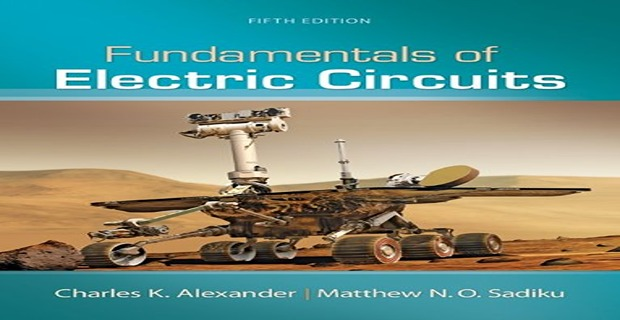 |
 |
 |
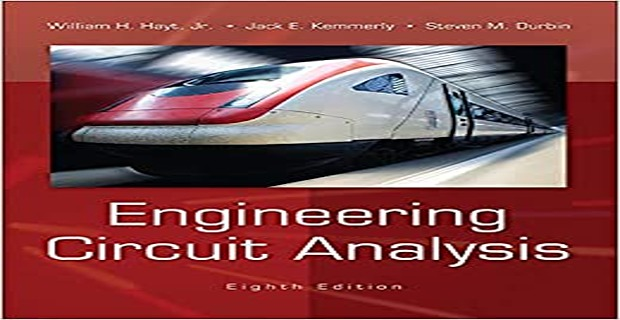 |
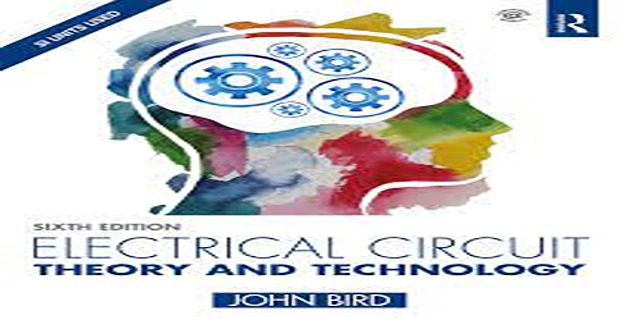 |
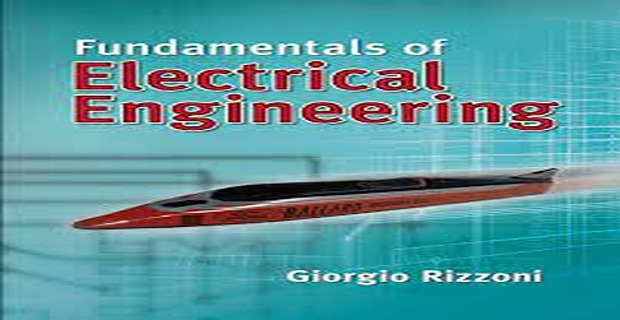 |